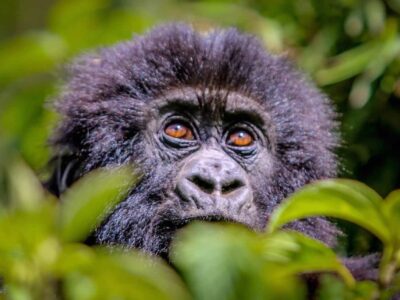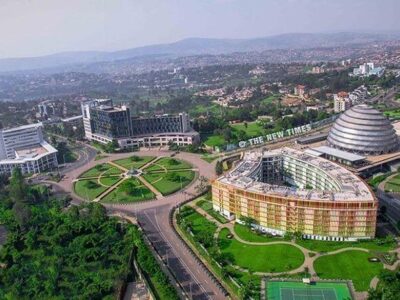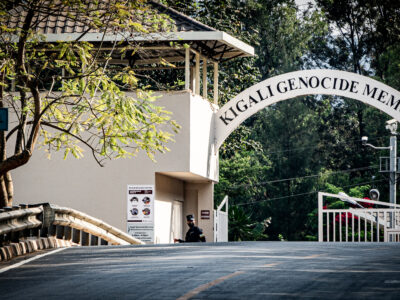President Of Rwanda Biography, Facts, Profile, News, And Photos
Biography
Paul Kagame is a prominent figure in Rwandan and African politics, known for his leadership style and vision for development. Born on October 23, 1957, in Rwanda, Kagame’s early life was marked by the country’s turbulent history, including the genocide in 1994, in which he played a key role as a military leader.
After the genocide, Kagame became the leader of Rwanda and has since been credited with steering the country towards stability and economic growth. He officially assumed the presidency in 2000 and has won subsequent elections.
Kagame’s administration has focused on rebuilding Rwanda’s infrastructure, Promoting tourism, promoting education and healthcare, and fostering technological innovation. Under his leadership, Rwanda has made significant progress in areas like gender equality, with women holding a high proportion of seats in parliament.
Facts
Internationally, Kagame has been praised for his efforts in regional diplomacy and peacekeeping missions, as well as for advocating for African self-reliance and development.
Paul Kagame remains a polarizing figure, admired by some for his leadership in rebuilding Rwanda and strengthening key pillar organs of government for sustainable growth and benefit to all Citizens. His multifaceted career has left a significant impact on Rwanda and the African continent.
PRESIDENT OF RWANDA AT A GLANCE
HE: PAUL KAGAME
Born: October 23, 1957
Offices Held: Chairperson of the African Union
Spouse: Jeannette Kagame
Detailed Profile: President Of Rwanda
Early Life and Military Career:
Kagame was born in Gitarama, Rwanda, and later moved to Uganda during the Rwandan refugee crisis. In Uganda, he joined the National Resistance Army (NRA), led by Yoweri Kaguta Museveni.
His military prowess and leadership abilities became evident during the Ugandan Bush War, where he rose through the ranks and became a trusted confidant of Museveni.
Role in the Rwandan Patriotic Front (RPF):
Kagame co-founded the Rwandan Patriotic Front (RPF) in 1987. The RPF aimed to liberate Rwanda from the oppressive regime of President Juvénal Habyarimana.
In 1990, the RPF launched an armed invasion of Rwanda, leading to the Rwandan Civil War. Kagame played a pivotal role in the conflict, demonstrating strategic acumen and determination.
Rwandan Genocide and Kagame’s Leadership:
The 1994 Rwandan Genocide was a horrific chapter in the country’s history. Kagame’s leadership during this period was instrumental in ending the genocide. As the Vice President and Minister of Defense, Kagame helped establish stability and rebuild Rwanda.
Presidency and Rebuilding Rwanda:
Kagame assumed the presidency in 2000 after winning the first democratic elections. He has been re-elected multiple times since then.
Kagame’s administration focused on reconciliation, economic development, and education. Rwanda made significant strides in healthcare, infrastructure, Tourism, and technology under his leadership.
Legacy and Regional Influence:
Kagame is admired for his commitment to national unity and development. Rwanda’s impressive economic growth and stability are often attributed to his leadership. Paul Kagame plays an active role in regional affairs, advocating for peace, prosperity, and cooperation.
President Of Rwanda News
Photo Gallery President Of Rwanda
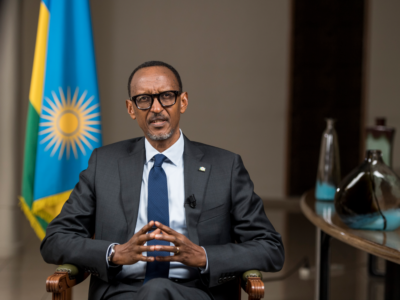
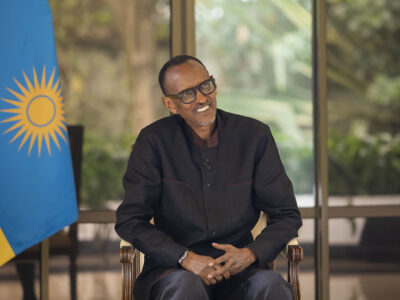
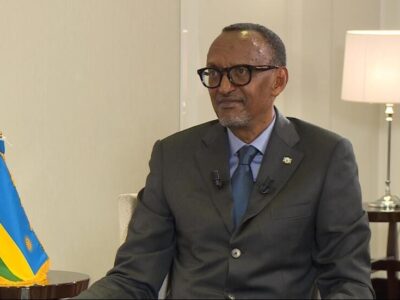
Are You Interested In Visiting Rwanda? Explore Rwanda Safaris & Tours
We cater to all ages, budgets, interests, and fitness levels. Our team can assist with queries about Tours, Accommodation, Bookings, and Destinations. We will respond to your Inquiry as soon as possible.
